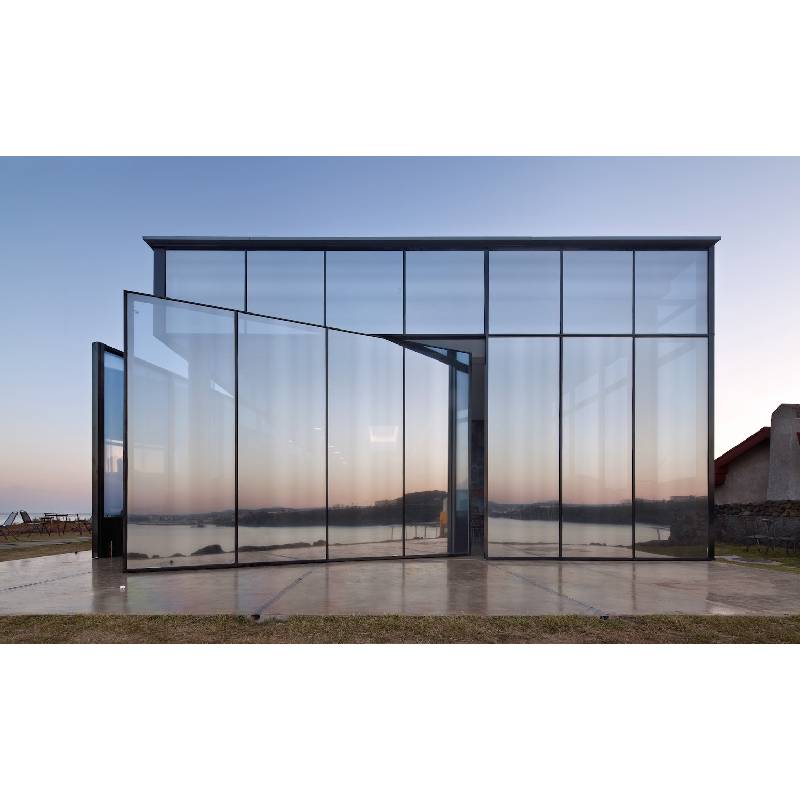

The Art of Decorative Frosted Glass A Creative Transformation
Decorative frosted glass has become a prominent choice in modern architectural design and interior decoration, offering an elegant blend of functionality and aesthetic appeal. Its unique translucent quality allows for privacy while still permitting light to filter through, making it a versatile material for a variety of applications.
Frosted glass is created through a process that involves sandblasting or acid etching clear glass to achieve a smooth, frosted finish. This process not only enhances the visual texture of the glass but also makes it an ideal canvas for artistic expression. The soft glow that emanates from frosted glass lends itself well to creating an inviting atmosphere, transforming ordinary spaces into extraordinary ones.
One of the most common uses of decorative frosted glass is in residential settings. Homeowners often integrate it into bathroom windows or shower enclosures for privacy without sacrificing natural light. Moreover, frosted glass can be employed in doors and partitions within homes, allowing for open spaces while keeping areas discreet. For example, a frosted glass sliding door can separate a home office from the living room, creating an efficient workspace without completely isolating it from the home’s ambiance.

In commercial spaces, decorative frosted glass serves a similar purpose but often with even more dramatic effects. Businesses frequently use it in conference rooms or offices to achieve a corporate yet inviting atmosphere. The ability to customize designs on frosted glass makes it possible for companies to incorporate their branding elements directly into the glass panels. Logos, patterns, or even inspirational quotes can be etched into the surface, effectively combining art and functionality while reinforcing a brand identity.
The versatility of frosted glass extends to lighting fixtures as well. Designers often use it in light shades to diffuse light beautifully, softening the glare and creating a warm glow that enhances the overall mood of a space. Whether it’s in pendant lights, sconces, or table lamps, decorative frosted glass plays a crucial role in establishing an inviting environment.
In addition to its practical applications, decorative frosted glass can be a striking focal point in both residential and commercial spaces. Artists and glass craftsmen are increasingly experimenting with colors, textures, and patterns, pushing the boundaries of traditional design. The modern aesthetic leans toward minimalist approaches, with frosted glass being a perfect choice to complement the clean lines and open spaces characteristic of contemporary architecture.
In conclusion, decorative frosted glass is not merely a functional element but a sophisticated design feature that enhances both privacy and beauty in numerous settings. Its ability to diffuse light while creating an airy atmosphere makes it a beloved choice among architects and interior designers. As trends continue to evolve, frosted glass will likely remain a staple in innovative and artistic design, inspiring countless future creations. Whether in a sleek office building or a cozy home, its elegance will undoubtedly leave a lasting impression.